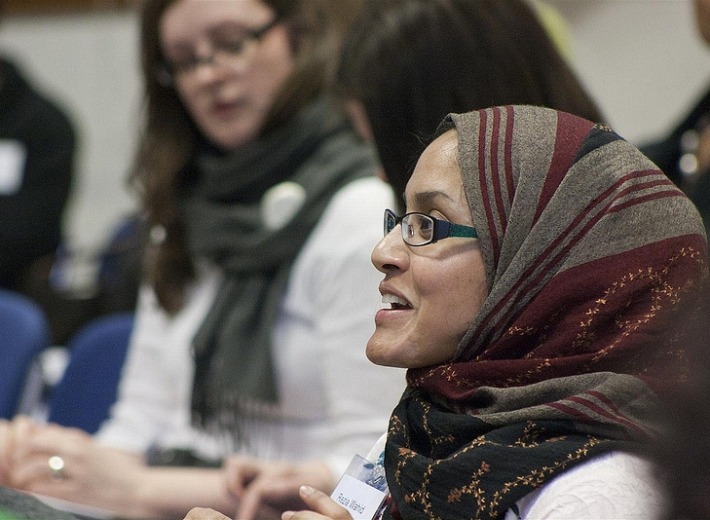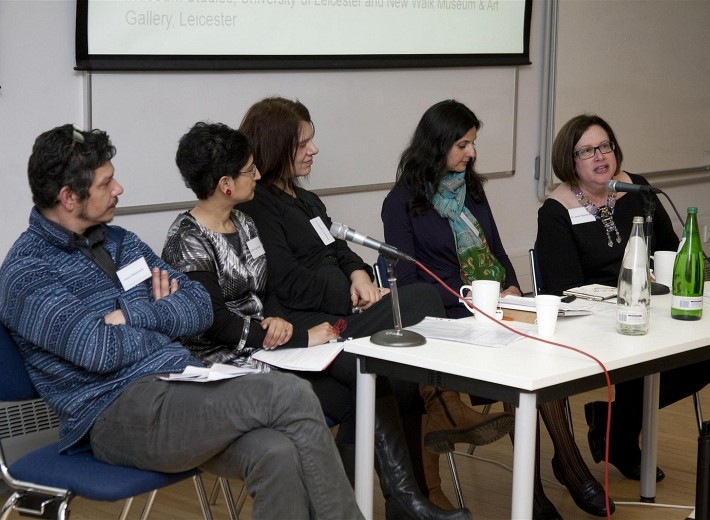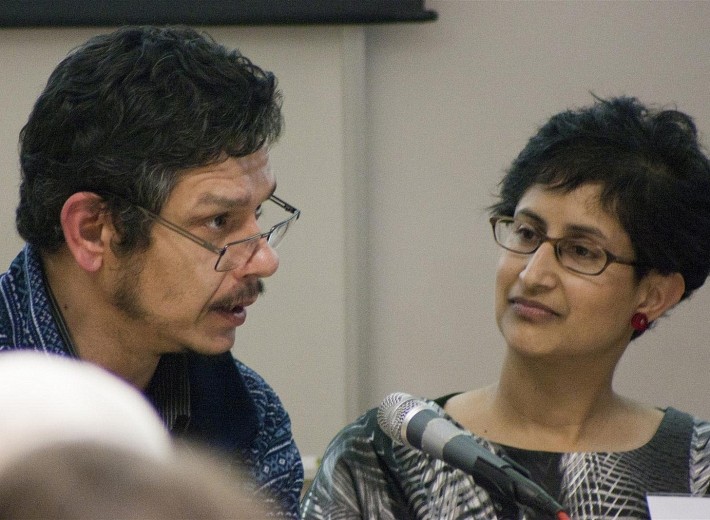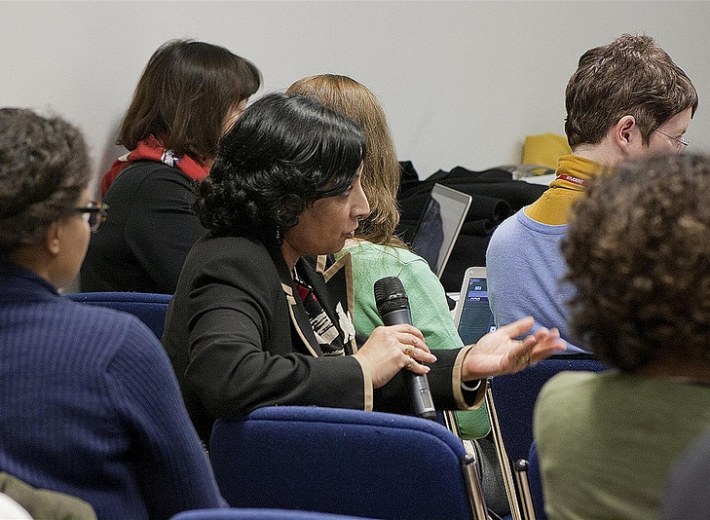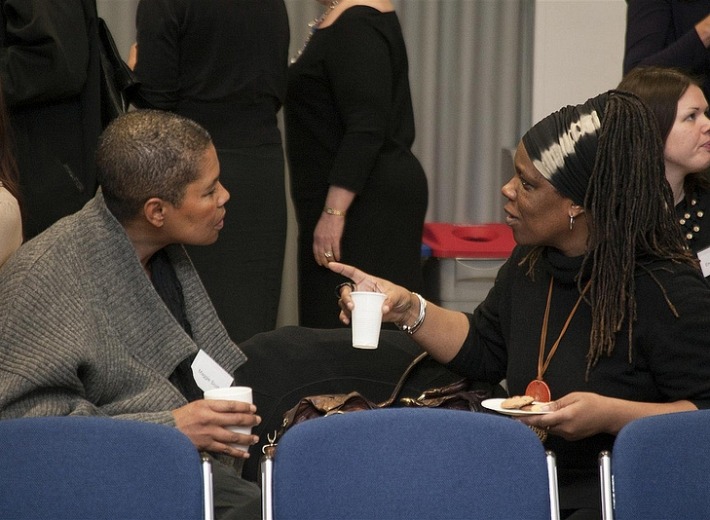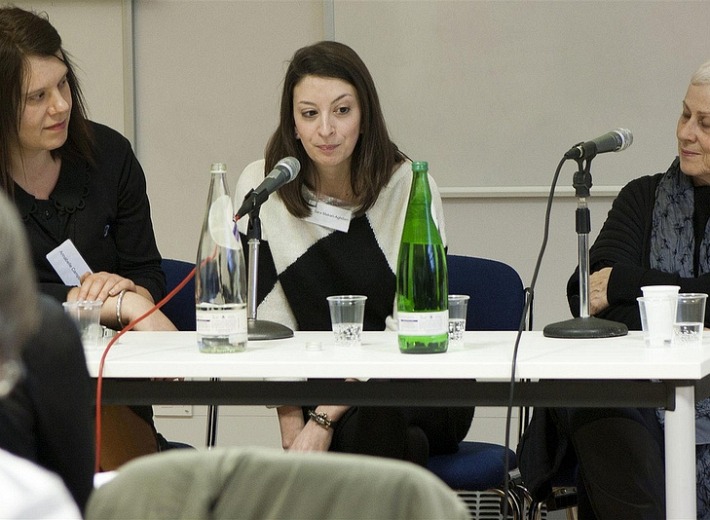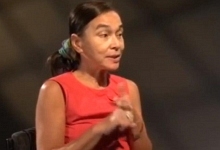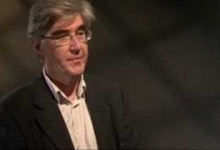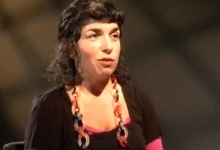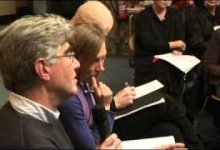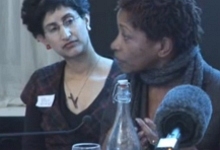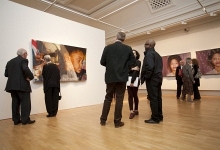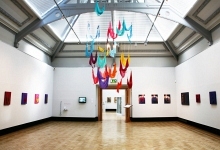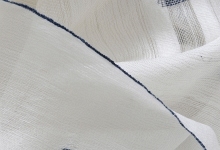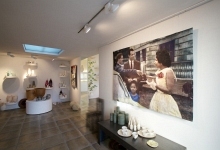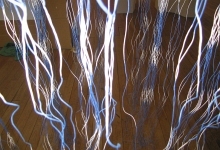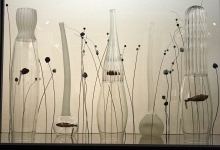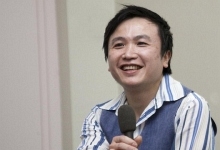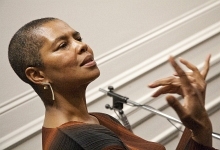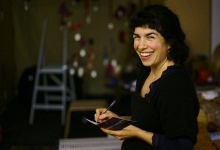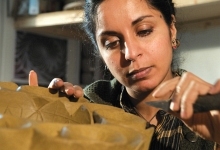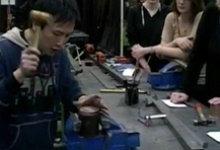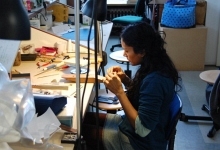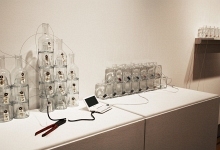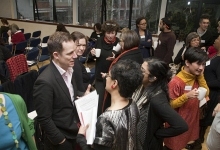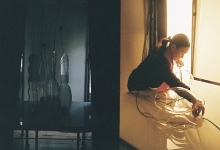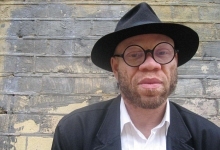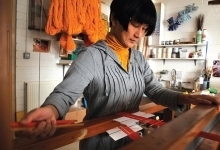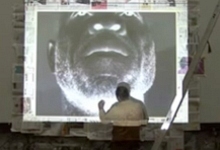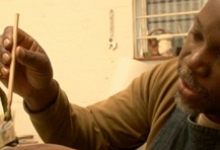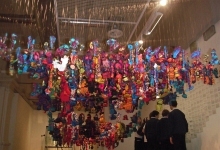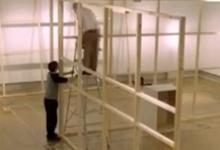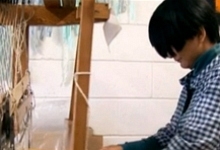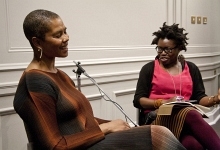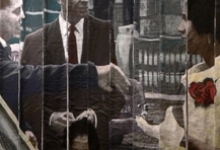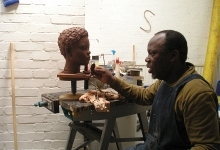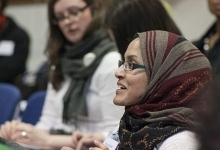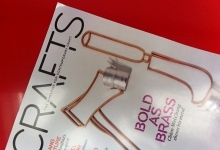'Disruptive Difference: Transnational Craft Dialogues' was part of our programme of events for arts professionals
The one-day symposium explored how cultural and geographical dis/location is changing craft practice and how notions of national and cultural identity are contributing to experiences of craft nationally and internationally
It took place on 17 February 2012 at the School for Museum Studies, University of Leicester; over 100 artists, curators, policy makers and students attended
On the righhand menu you can listen again to the keynote speakers, read the discussions which took place during the workshop sessions as well as read a review of the Symposium by Nita Nathwani. Alnoor Mitha was unable to attend at short notice - his presentation can be downloaded
Contributors
21 people contributed to 'Disruptive Difference': Yasmin Alibhai-Brown, Carol Tulloch, Dr. Janet Marstine, Professor Steve Dixon, Nima Poovaya-Smith, Andy Horn, Maria-Anne Tseliou, Karin-Beate Phillips, Rosa Nguyen, Professor Catherine McDermott, Sara Makari-Adhdam, Maiko Tsutsumi, Annabelle Campbell, Hassan Mahamdallie, and seven International MA students: Hanne Fauerby, Emiko Ota, Yue Yi, Mariela Velasco, Fu-Chun Wu, Lida Vásquez, and Mhairi Gowans
Comments from delegates
‘I was introduced to new ways of thinking and practices, a fact that was amazing.’
‘As an academic, I felt a theoretical and critical perspective was missing in the talks and discussions. They were detailed on description which was great, but it would have been nice to have discussions / talks engaging with contemporary art theory / design theory / craft theory.’
‘I have further developed [an] idea for [my] own community / exhibition craft project over the course of the day and on reflecting after.’
‘I was [pleased to hear] dialogue about the ability of makers to open a dialogue with each other (be that domestic or professional makers) as audiences for discussion / exhibition. Craft can communicate directly to anyone who’s ever made something.’
‘I don’t agree with the concept of national identity because it implies there is only one and clearly there isn’t. The lack of one identity came through strongly in the conference.’
‘National identity is often not recognized in its own country until people see it from a distance as described by the students coming from other countries and looking back at their own identities.’
‘As a curator this has opened my eyes through these transnational craft dialogues.’ ‘I learnt how people’s personal quest to find their place in the world could be artistically rewarding and interesting.’
‘My “lightbulb” moment was when Steve Dixon was talking about his work in Australia and South Asia. I realized that despite his care and attention (and genuine humility when interacting with other peoples) he hadn’t escaped the unequal power relations implicit in his approach to the work.’


